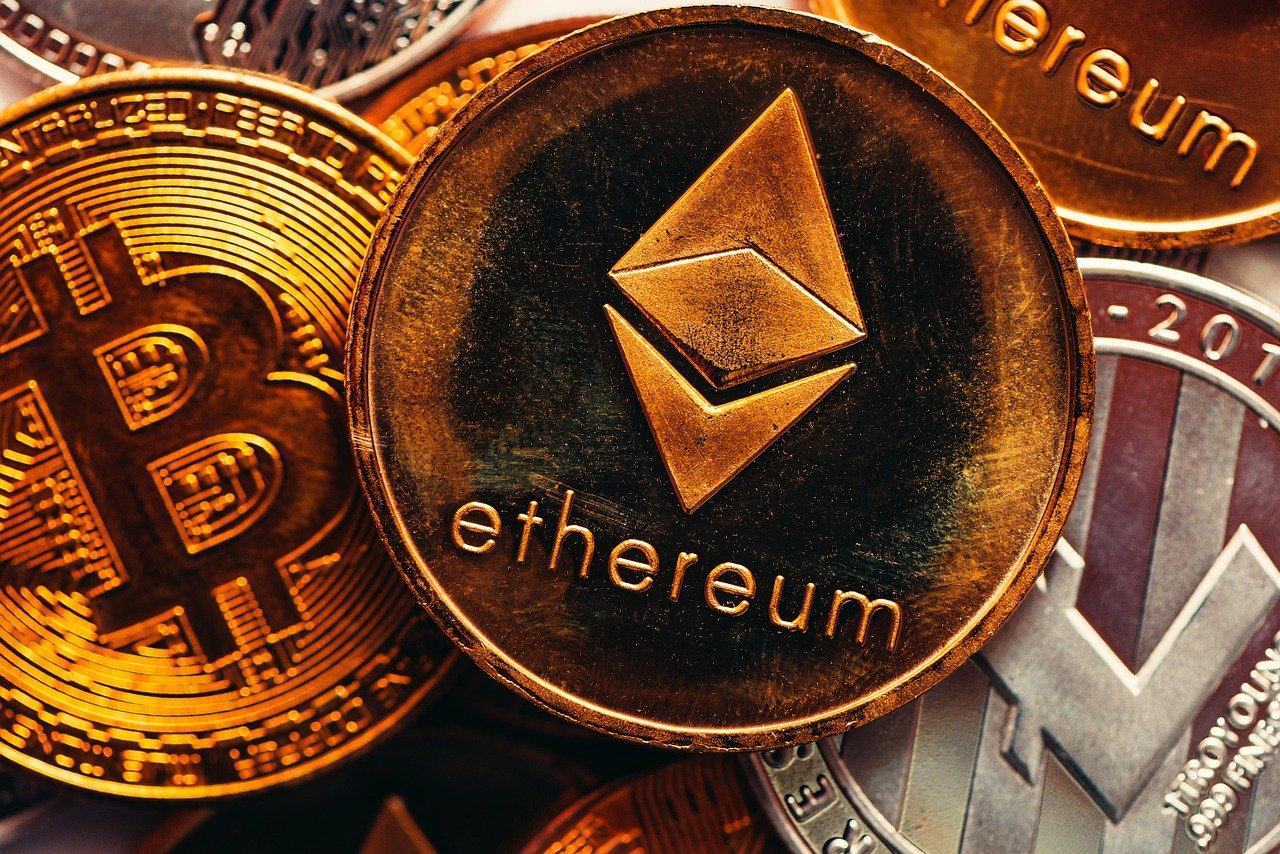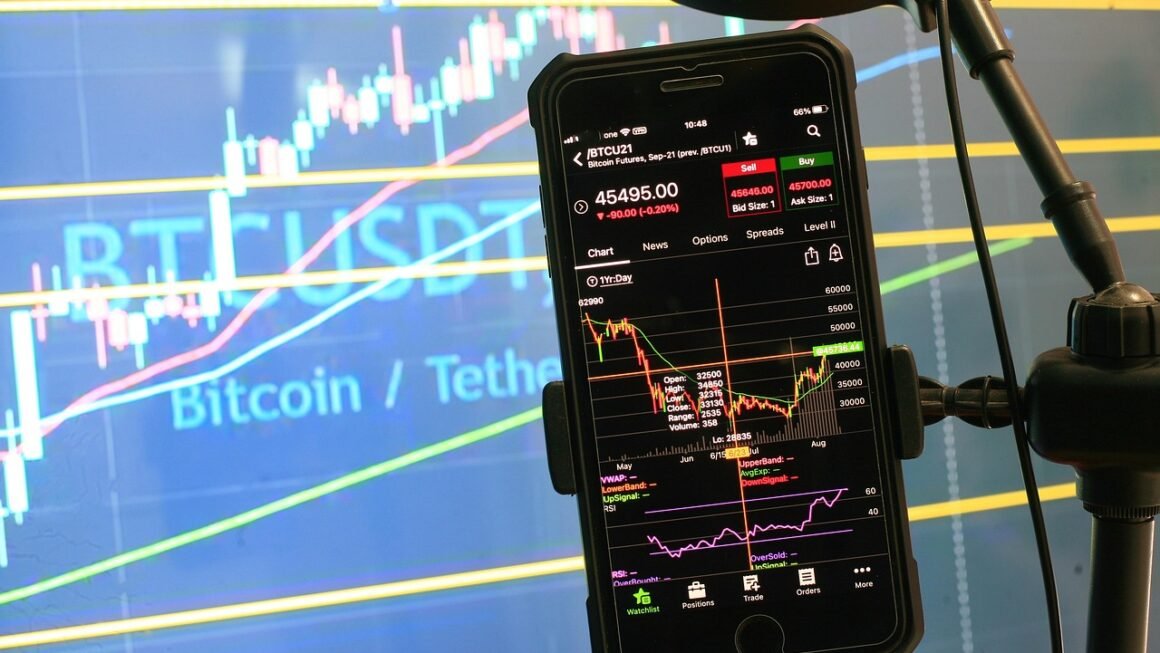Altcoins – the colorful and diverse world of cryptocurrencies beyond Bitcoin. Ever since Bitcoin blazed the trail for decentralized digital currency, thousands of alternative cryptocurrencies, or altcoins, have emerged, each with its own unique purpose, technology, and potential. But navigating this landscape can be daunting. This comprehensive guide will explore what altcoins are, the different types, their potential benefits and risks, and how to approach investing in them.
What are Altcoins?
Definition and Origin
The term “altcoin” is a portmanteau of “alternative coin,” essentially referring to any cryptocurrency that isn’t Bitcoin. They emerged as developers and entrepreneurs sought to improve upon Bitcoin’s technology, address its perceived shortcomings, or explore new applications of blockchain technology. The first notable altcoin was Namecoin, launched in 2011, aiming to decentralize domain name registration.
Why Altcoins Exist
Altcoins exist for several reasons, primarily driven by the desire to improve upon or offer alternatives to Bitcoin:
- Technological Advancements: Some altcoins implement different consensus mechanisms (like Proof-of-Stake instead of Bitcoin’s Proof-of-Work), faster transaction speeds, or enhanced privacy features.
- Specific Use Cases: Many altcoins are designed for specific industries or applications, such as supply chain management, healthcare, or gaming.
- Community and Governance: Some altcoins aim to create more decentralized and community-driven governance models.
- Financial Opportunities: The potential for high returns on investment drives much of the interest in altcoins, though this also comes with increased risk.
Examples of Popular Altcoins
The altcoin landscape is constantly evolving. Here are a few examples of prominent altcoins:
- Ethereum (ETH): The second-largest cryptocurrency by market capitalization, Ethereum is known for its smart contract functionality, enabling the creation of decentralized applications (dApps).
- Ripple (XRP): Designed for fast and low-cost international money transfers, XRP aims to facilitate cross-border payments for financial institutions.
- Litecoin (LTC): Often referred to as “silver to Bitcoin’s gold,” Litecoin offers faster transaction confirmation times and a different hashing algorithm.
- Cardano (ADA): A blockchain platform focused on security and sustainability, Cardano uses a Proof-of-Stake consensus mechanism and peer-reviewed research.
- Solana (SOL): Known for its high throughput and fast transaction speeds, Solana is popular for decentralized finance (DeFi) and NFT projects.
Types of Altcoins
Mining-Based Altcoins
These altcoins, like Bitcoin and Litecoin, rely on Proof-of-Work (PoW) consensus mechanisms. Miners compete to solve complex mathematical problems to validate transactions and earn rewards in the form of new coins. The energy consumption of PoW is a significant concern for these types of coins.
- Example: Litecoin (LTC) uses a different hashing algorithm (Scrypt) than Bitcoin (SHA-256), theoretically making it more resistant to ASIC mining.
Staking-Based Altcoins
Staking-based altcoins, using Proof-of-Stake (PoS) or delegated Proof-of-Stake (dPoS), require users to “stake” their coins to validate transactions and earn rewards. PoS is generally considered more energy-efficient than PoW.
- Example: Cardano (ADA) and Solana (SOL) are examples of staking-based altcoins. Staking ADA allows users to participate in the network’s governance and earn rewards. Staking SOL helps secure the network and also provides rewards.
Stablecoins
Stablecoins are cryptocurrencies designed to maintain a stable value, typically pegged to a fiat currency like the US dollar or a commodity like gold. They aim to provide the benefits of cryptocurrencies without the volatility.
- Example: Tether (USDT) and USD Coin (USDC) are pegged to the US dollar. They offer stability and are commonly used in trading and DeFi applications. DAI is another popular stablecoin that is decentralized and backed by collateralized debt positions on the MakerDAO platform.
Meme Coins
Meme coins are cryptocurrencies that originated as internet memes or jokes. They often experience rapid price fluctuations driven by social media hype and community sentiment.
- Example: Dogecoin (DOGE) and Shiba Inu (SHIB) are prime examples of meme coins. While they can offer opportunities for quick profits, they are highly volatile and carry significant risk.
DeFi Tokens
DeFi (Decentralized Finance) tokens are associated with decentralized applications that provide financial services like lending, borrowing, and trading. These tokens often grant holders governance rights within the DeFi platform.
- Example: UNI (Uniswap) and AAVE (Aave) are governance tokens for popular DeFi protocols. Holding these tokens allows users to participate in decisions regarding the platform’s development and parameters.
Benefits and Risks of Investing in Altcoins
Potential Benefits
- High Growth Potential: Altcoins, especially smaller market cap coins, can offer the potential for significant returns if the project gains traction and adoption.
- Diversification: Investing in a range of altcoins can diversify a cryptocurrency portfolio and potentially reduce overall risk.
- Exposure to Innovation: Altcoins often represent cutting-edge technology and innovative use cases in blockchain.
- Specific Functionality: Altcoins designed for specific industries or applications can offer exposure to emerging markets and technologies.
Potential Risks
- High Volatility: Altcoins are generally more volatile than Bitcoin, meaning prices can fluctuate dramatically in short periods.
- Lack of Liquidity: Some altcoins have low trading volumes, making it difficult to buy or sell them quickly without affecting the price.
- Scams and Fraud: The altcoin market is prone to scams and fraudulent projects. “Pump and dump” schemes and outright rug pulls are common risks.
- Regulatory Uncertainty: The regulatory landscape for cryptocurrencies is still evolving, and changes in regulations could negatively impact altcoins.
- Project Failure: Many altcoin projects fail due to lack of funding, development issues, or lack of adoption.
Risk Management Strategies
Investing in altcoins requires careful risk management:
- Diversification: Don’t put all your eggs in one basket. Spread your investments across a range of altcoins.
- Due Diligence: Thoroughly research each project before investing. Understand the technology, the team, the community, and the use case. Read the whitepaper.
- Small Allocations: Only invest what you can afford to lose. Altcoins should typically represent a small percentage of your overall investment portfolio.
- Stop-Loss Orders: Use stop-loss orders to limit potential losses.
- Stay Informed: Keep up-to-date with the latest news and developments in the cryptocurrency market.
- Use reputable exchanges: Stick with well-known and respected cryptocurrency exchanges to minimize the risk of fraud or security breaches.
Evaluating Altcoins Before Investing
Research and Due Diligence
Before investing in any altcoin, thorough research is crucial. Consider the following:
- Whitepaper: Read the project’s whitepaper to understand its goals, technology, and roadmap.
- Team: Research the team behind the project. Are they experienced and reputable?
- Technology: Evaluate the technology behind the altcoin. Is it innovative and well-developed? Is the code open source and audited?
- Community: Assess the strength and engagement of the project’s community.
- Market Cap and Volume: Consider the market capitalization and trading volume of the altcoin. Higher market caps and volumes generally indicate more liquidity and stability.
- Tokenomics: Understand the token’s supply, distribution mechanism, and utility within the ecosystem. Inflationary or deflationary mechanisms can significantly affect the token’s long-term value.
Key Metrics to Consider
- Market Capitalization: Total value of all circulating coins.
- Trading Volume: Amount of the coin traded over a specific period (usually 24 hours).
- Circulating Supply: The number of coins currently in circulation.
- Total Supply: The total number of coins that will ever exist.
- Maximum Supply: The absolute maximum number of coins that can ever be created.
Red Flags to Watch Out For
- Anonymous Teams: Projects with anonymous or unverifiable teams should be approached with caution.
- Unrealistic Promises: Be wary of projects that promise guaranteed returns or solutions to complex problems.
- Lack of Transparency: Projects that are not transparent about their development, funding, or governance should raise red flags.
- Low Liquidity: Coins with very low trading volumes can be difficult to buy or sell.
- Excessive Hype: Be cautious of projects that rely heavily on hype and marketing without delivering real value.
How to Buy and Store Altcoins
Choosing a Cryptocurrency Exchange
Selecting the right cryptocurrency exchange is a crucial first step. Consider the following factors:
- Security: Choose an exchange with robust security measures to protect your funds.
- Liquidity: Select an exchange with high trading volumes for the altcoins you want to buy.
- Fees: Compare the fees charged by different exchanges for trading, deposits, and withdrawals.
- Supported Altcoins: Ensure the exchange supports the altcoins you are interested in.
- User Interface: Choose an exchange with a user-friendly interface.
- Reputation: Research the exchange’s reputation and read reviews from other users.
Popular exchanges include Binance, Coinbase, Kraken, and KuCoin.
Different Types of Wallets
Storing your altcoins securely is essential. There are several types of wallets to choose from:
- Hardware Wallets: Considered the most secure option, hardware wallets store your private keys offline on a physical device. Examples include Ledger and Trezor.
- Software Wallets: Software wallets are applications that can be installed on your computer or smartphone. They offer a convenient way to access your altcoins. Examples include Exodus and Trust Wallet.
- Exchange Wallets: Storing your altcoins on an exchange is convenient for trading, but it’s less secure than using a private wallet.
- Paper Wallets: Paper wallets involve printing your private and public keys on a piece of paper. This is a cold storage method, but requires careful handling and storage of the paper.
Best Practices for Security
- Enable Two-Factor Authentication (2FA): Enable 2FA on your exchange account and wallet to add an extra layer of security.
- Use Strong Passwords: Create strong, unique passwords for your accounts.
- Store Your Private Keys Securely: Never share your private keys with anyone. Store them offline in a safe and secure location.
- Be Wary of Phishing: Be cautious of phishing emails and websites that try to steal your login credentials.
- Keep Your Software Up-to-Date: Keep your wallet software and operating system up-to-date with the latest security patches.
- Consider Cold Storage: For long-term holdings, consider using a cold storage solution like a hardware wallet.
Conclusion
The world of altcoins is vast and dynamic, offering opportunities for innovation and investment. However, it’s also fraught with risks. By understanding the different types of altcoins, conducting thorough research, and implementing robust risk management strategies, investors can navigate this landscape more effectively. Remember to prioritize security, stay informed, and only invest what you can afford to lose. The future of altcoins is uncertain, but with careful consideration and due diligence, it’s possible to participate in this exciting and evolving market.



